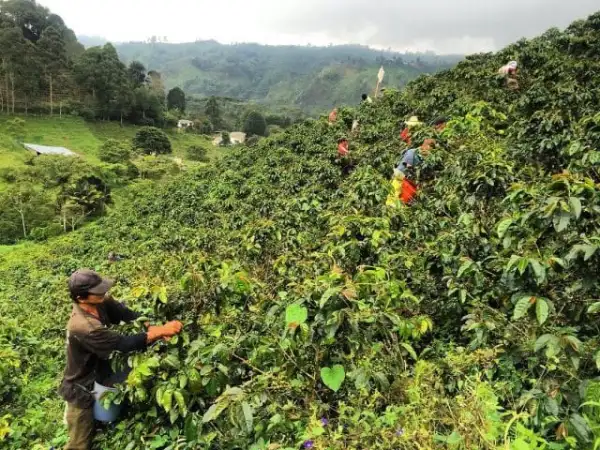The trunks of all Arabica trees appear similar, with many branches growing off of it, bearing foliage and fruit. It should be noted that, if you look closer, there are many differences between trees based on the variety of Arabica being grown. As with all varieties, there is a difference in the amount of fruit that each produces, and the colors are also different, and some types bear fruit in clusters, yet others remain evenly spaced on the branches.

Additionally, different types of plants produce different leaves, but even more importantly, the characteristics of various varieties of plants when harvested and brewed. Variety varies in its flavor and can also differ in its mouthfeel. There is no doubt that for the bulk of coffee growers, the flavor alone is not the primary reason they chose a certain coffee variety. People who depend on growing coffee for their livelihood typically value the trees’ yields and resistance to diseases. Obviously, not all producers choose their varieties in this way; however, one should take into account the impact these choices will have on the income and profitability of a producer.
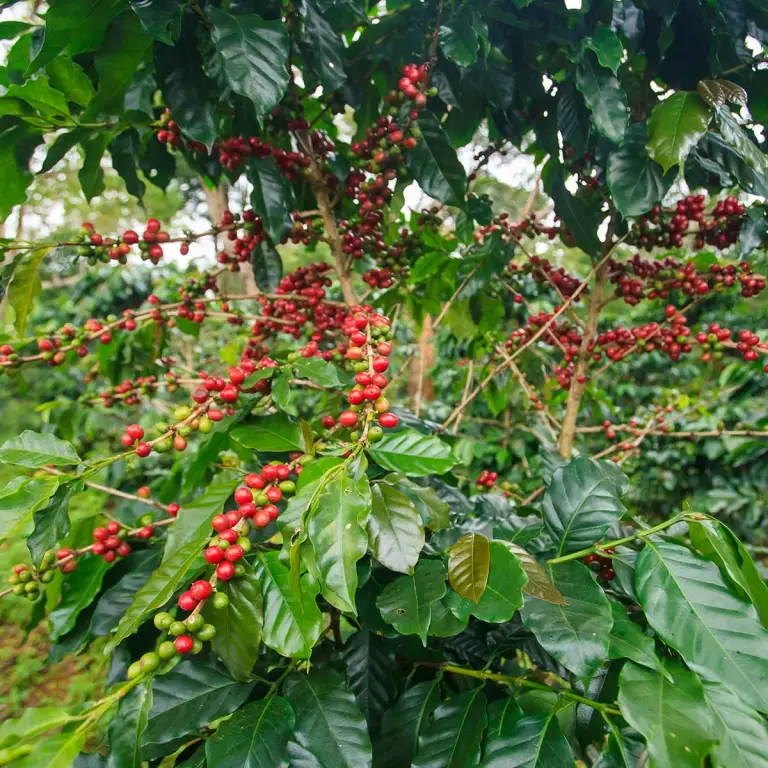
From Seed to Tree
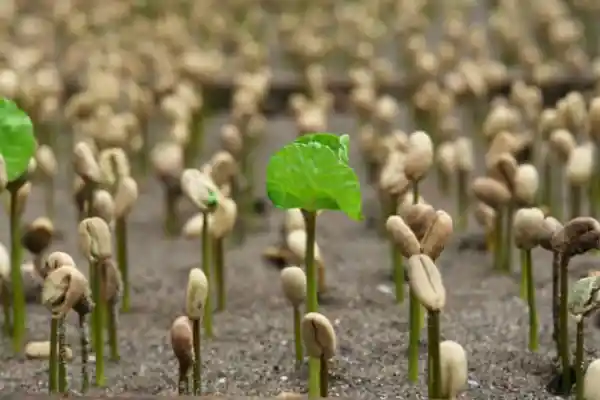 Nursery facilities are available on many established coffee farms where seedlings are raised before they are planted out on the farm for production. Rich soil is used to plant coffee beans, which will germinate soon after planting. A leaf then develops around each bean, and it is during this stage that they are called soldiers. The stalks of these sperm whales look strangely like a roasted coffee bean attached to a thin green stem. The beans burst open shortly thereafter, revealing the first leaves. It takes only six to twelve months after transplantation from a nursery to move coffee plants into production.
Nursery facilities are available on many established coffee farms where seedlings are raised before they are planted out on the farm for production. Rich soil is used to plant coffee beans, which will germinate soon after planting. A leaf then develops around each bean, and it is during this stage that they are called soldiers. The stalks of these sperm whales look strangely like a roasted coffee bean attached to a thin green stem. The beans burst open shortly thereafter, revealing the first leaves. It takes only six to twelve months after transplantation from a nursery to move coffee plants into production.
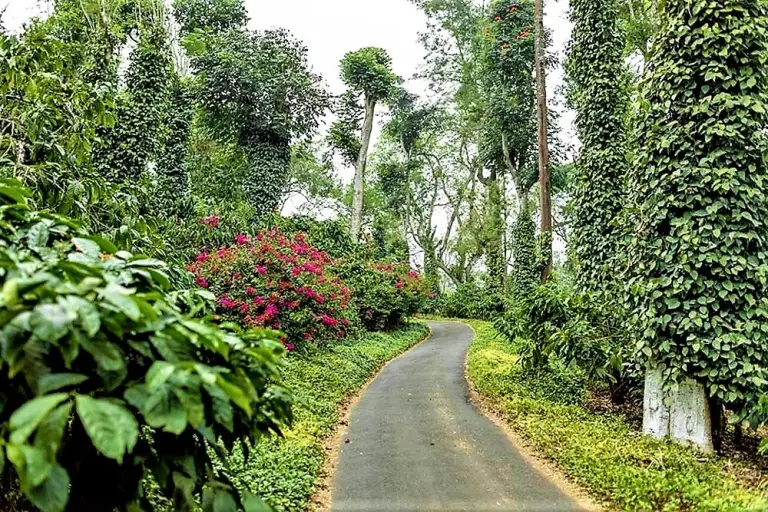
The process of growing coffee requires not only monetary but also time investments. For a newly planted coffee tree to properly fruit, a farmer typically needs to wait three years. When deciding to farm coffee, a producer faces many serious decisions; therefore, if they abandon the crop, it may be difficult to entice them to return.

Blossom and Fruit
Regardless of where the trees are grown, most coffee trees yield one main crop per year, though there are trees in some countries that produce a second harvest, which is usually smaller and often of lower quality. A period of prolonged rainfall initiates the cycle. As a result, the trees will blossom in a beautiful display of white blossoms that have a strong jasmine scent.
Pollination can be achieved by insects such as bees, although Arabica is able to self-pollinate, meaning the flowers will always produce fruit unless severely damaged by weather.
Fruit cannot be harvested until nine months have passed. There is no standard in the ripening of coffee cherries. It is a difficult choice for the coffee producer whether to harvest all the fruit from each tree at the same time and have some unripe or overripe cherry fruit being harvested or to hire pickers to come back multiple times to ensure each cherry is picked when it is perfectly ripe.
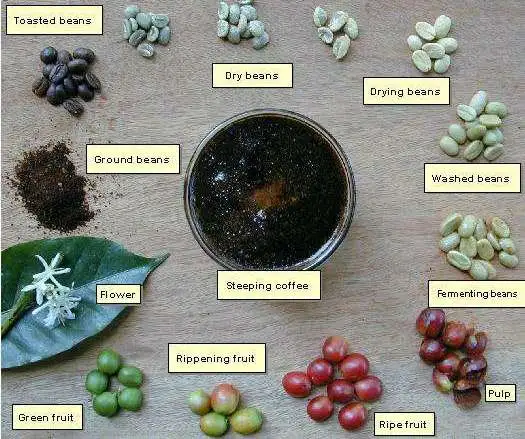
Pests and Diseases
Coffee trees can be infected or destroyed by various pests and diseases. There are two main types to look out for: coffee leaf rust and coffee berry borer.
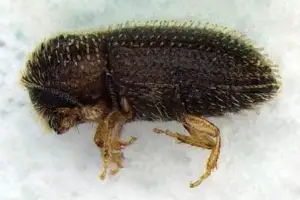
Coffee Berry Borer
Known commonly as the broca, this small beetle lays its eggs within the beans of coffee. The hatchlings consume the cherries and reduce the quality and quantity of the crop. The beetle was native to Africa, but now it is the most destructive pest in coffee crops across the globe. A variety of methods of controlling pests are being researched, including chemical pesticides, traps, and biological controls.

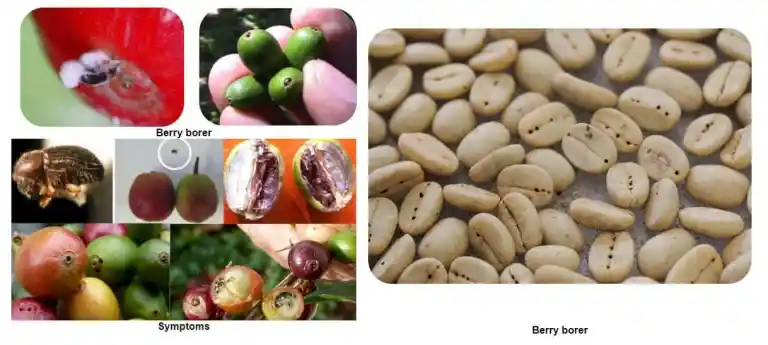
Coffee Leaf Rust
The orange lesions on leaves referred to as roya is caused by a fungus that is around for many years. In the end, it kills the tree because it impairs photosynthesis and causes the leaves to fall. The disease was first discovered in East Africa in 1861, but not until a decade later, when it was discovered in Sri Lanka, where it basically destroyed all of the coffee plantations over the next decade. As soon as it reached Brazil in 1970, possibly with a shipment of cacao seeds, it quickly spread into Central America
Climate change has brought about higher temperatures in many countries that produce coffee, and this is causing the problem to worsen. In 2013 several central American countries declared a state of emergency due to the damage caused by rust.

Disclaimer: This content is for informational and educational purposes only.
